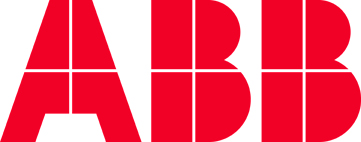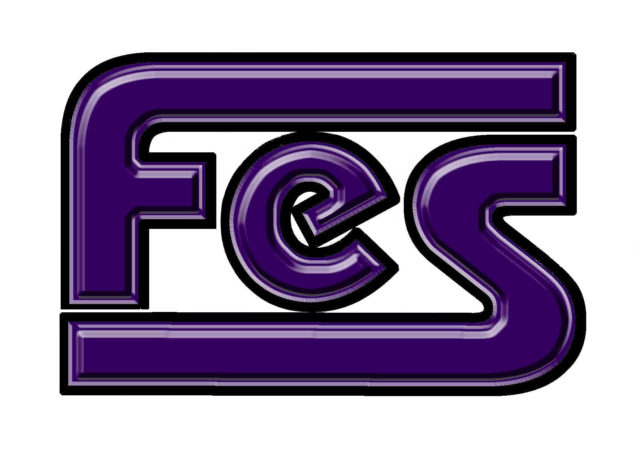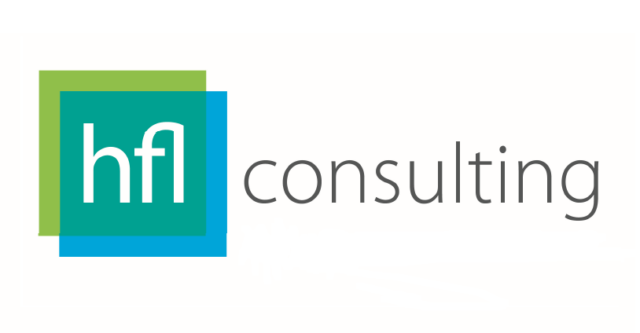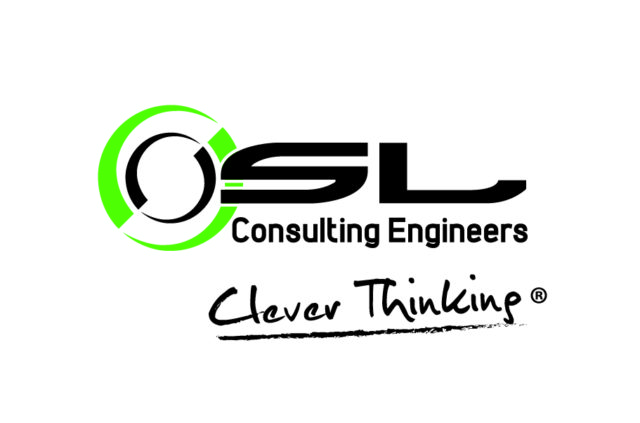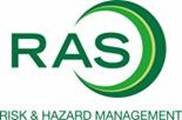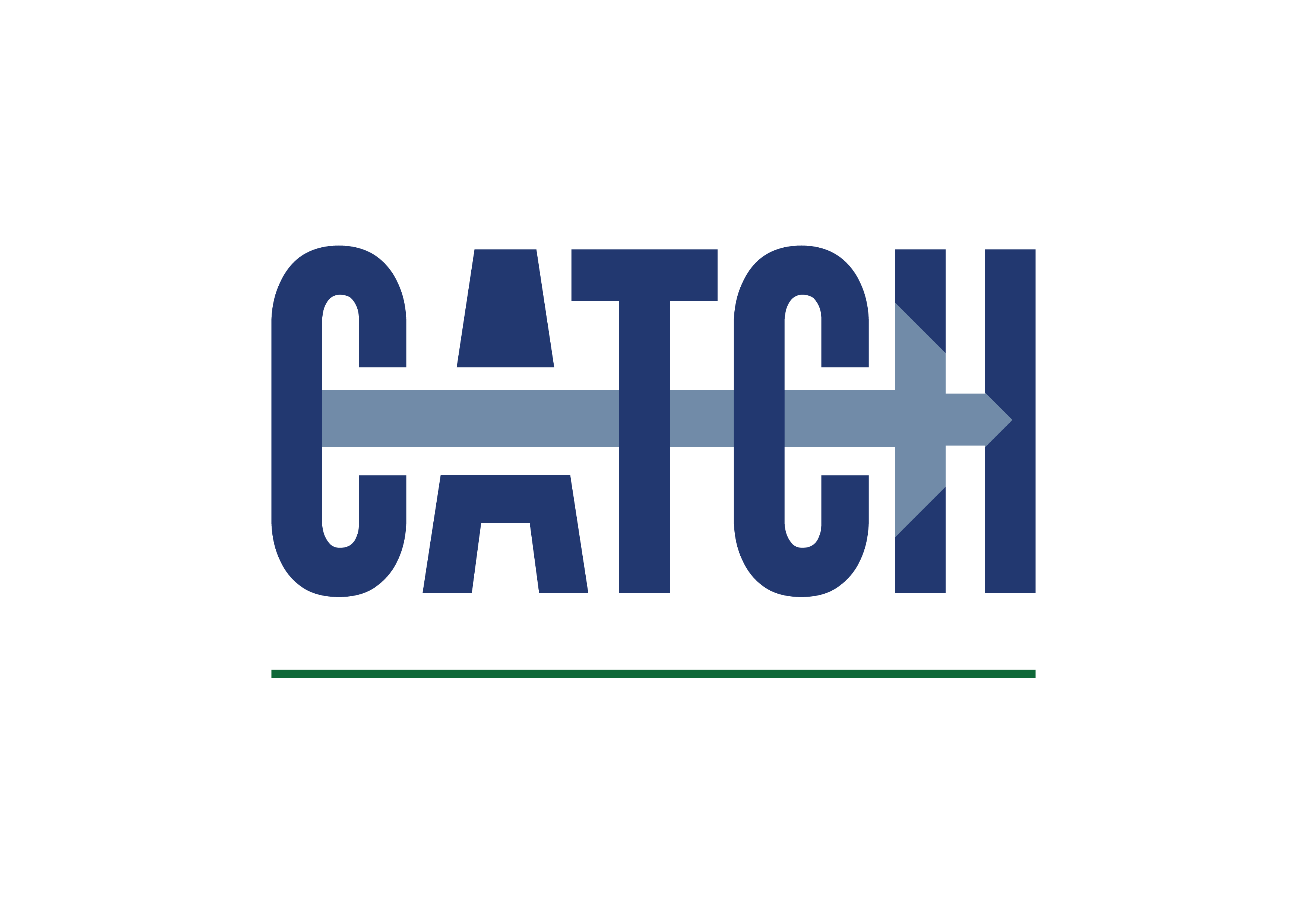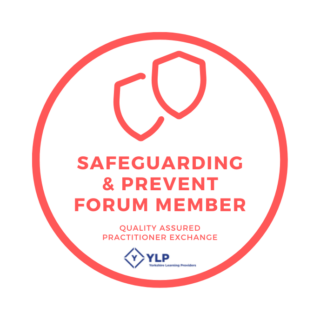CATCH Process Safety Conference – no complacency! – strengthen your safety shield

The annual process safety event was opened by the CATCH Major Hazards Group chairman, David Hughes, who introduced key note speaker Craig Foyle, President of IOSH. Craig is on a mission to improve the reputation of safety practitioners and consultants and celebrate the achievements of a wide range of organisations and individuals who are improving safety performance. Seeing both good and bad safety practise across the world has helped understand where we can all still improve. Safety leadership must start at the top to make it happen. SHE professionals can help influence positive safety culture and become safety enablers. Motivation is key to managing and leading safety. The best career advice Craig was ever given was be totally honest and watch the football!
Peter Galsworthy from the HSE spoke about managing risk in the major hazard sector – operator assurance. Peter reflected on the challenge of assurance. Offshore sector operators received a letter to highlight a trend in increasing hydrocarbon releases and a demand for a review of PSL and assurance of their audit and systems to ensure improvements are seen. A deeper understanding is required of systems and failures inside these frameworks. COMAH operators in the Humber were encouraged to review their systems and ensure they strengthen their shield against process safety incidents.
HSE press release –http://press.hse.gov.uk/2018/oil-and-gas-operators-challenged-on-hcrs/
Understanding Comah: performance and recognition framework, http://www.hse.gov.uk/comah/guidance/performance-recognition-framework.pdf
David Coakley from the HSE spoke about P profiling – T targeting – S strategy. A framework for thinking strategically, linked to the intervention planning process but with a longer time frame in mind.
Profiling is the base information that the strategy will be set on. This will be done in conjunction with the operator. Review of processes, hazards and MAH scenarios.
The HSE will be looking at HSG65, following the Plan, Do, Check, Act approach. Looking at how health and safety can be managed across the organisation in a holistic way
David recommended the guide Managing for health and safety (please note that the printed version has better/more complete diagrams than the web version) http://www.hse.gov.uk/pubns/priced/hsg65.pdf
The HSE are encouraging sites to use the OECD check list for regulatory decision making which will assist in site leadership preparations for interventions.
Phil Scott from the Chemical Industries Association gave a presentation on the ways industry can collaborate and work at continuously improving safety in our industries.
Phil highlighted the COMAH strategic forum and the Chemical & Downstream Oil Industries Forum (CDOIF) – established to support joint learning from incidents across the hazardous industry sectors.
Rob Fogg, Process Safety Consultant, ABB discussed how to Successfully Implement Process Safety Management. The advice shared was to keep it simple, do we understand what could go wrong? Do we know what our systems are to prevent this happening? And do we have information or evidence to assure us that the systems are working effectively?
Rob advised operators to take a step back and review what they are doing and ensure it is effective. Process safety must be integrated with running the business, it cannot work as an add-on. Finally Rob explained the importance of working together and improving the conversations being held about process safety management.
Alan Harper, Assistant Director of Planning, from Hull and East Yorkshire Hospital Trusts joined the meeting to highlight some recent concerns regarding workers that have been exposed to a chemical on sites and the employers have arranged for the members of staff to go to hospital in a taxi. On both occasions, the ambulance service were not informed and the A&E department therefore not given any heads up that casualties were on route.
The risks here are of secondary contamination on route to the hospital in the taxi and a potential contamination of the A&E department, who had not known to instigate their CBRN decontamination procedures.
Ambulance / Hospitals Trusts are keen to reinforce the importance of calling 999 and informing ambulance of any similar issues involving chemical incidents at work, so that appropriate advice can be given to the sites and the response from the ambulance/hospital services can be tailored to the situation.
With thanks to our sponsors:
